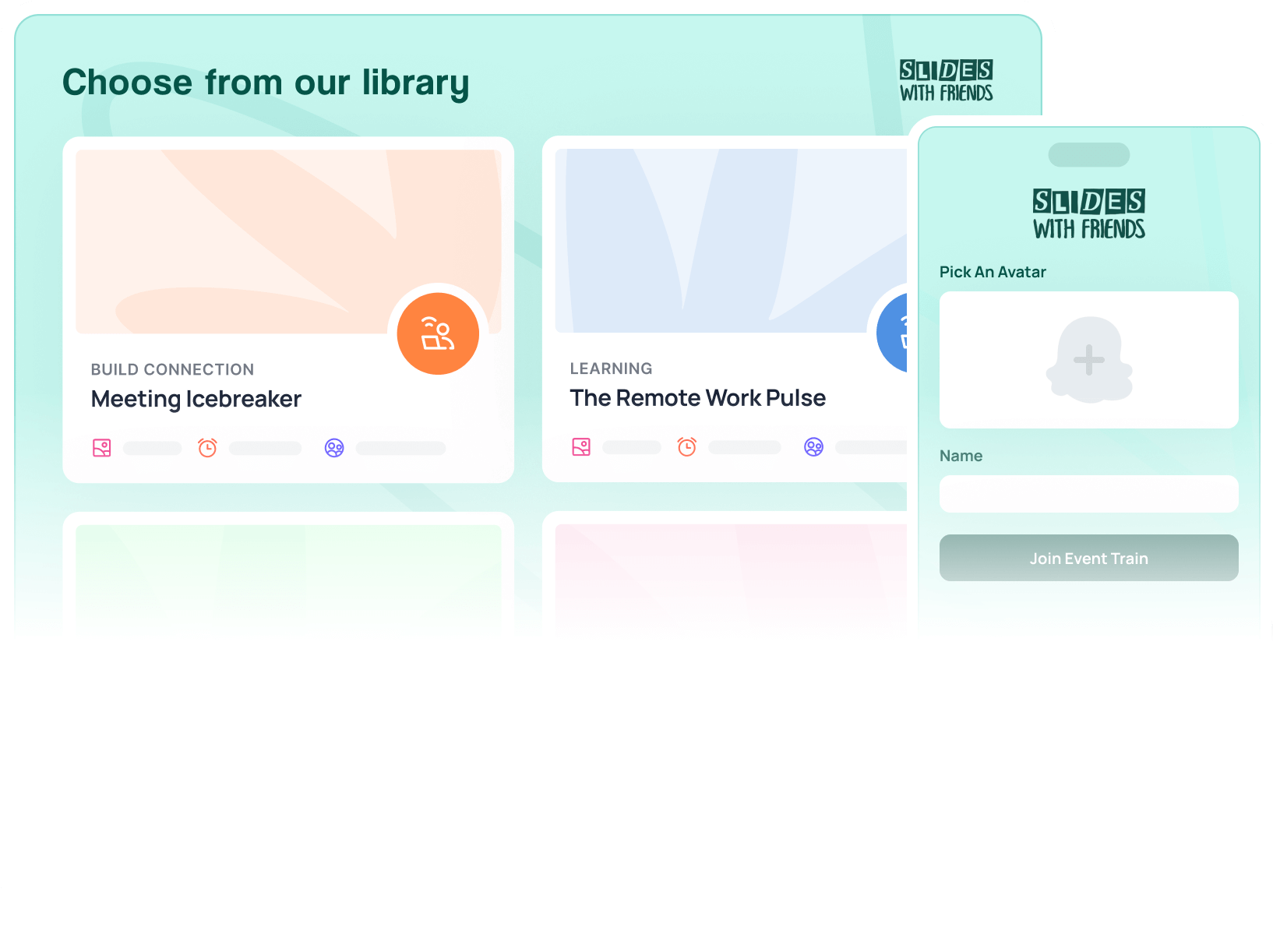How to Manage Online Learning Frustrations in the Virtual Classroom
Teaching in a virtual classroom is hard. Use these suggestions to help with common online teaching frustrations.

Because teaching wasn't hard enough (extreme sarcasm), the pandemic introduced education to a whole new world of teaching: Virtual Classrooms. And just like in-person classrooms, this new modality came with a host of frustrations. Whether it's students not logging in, technical difficulties, lack of attention, or just the general challenges of managing a virtual classroom, there are plenty of things that can (and do!) go wrong.
Before we dive into what we hope will be helpful solutions, we want to take a second to thank our teachers. You have been through some extremely rough transitions with what feels like very little support. And we know you are doing your best.
We hope these suggestions on how to manage the very real online learning frustrations will help and not add more work to your plate.
So, let's look at some common virtual classroom problems and ways to prevent or manage them.

The Problem: Technological Difficulties
Teaching online has become a ubiquitous part of our educational system in recent years. While the transition has been made easier by advances in technology and ever-evolving software, there are still some difficult challenges to overcome.
Some of the most common issues teachers face are problems logging in (for teachers and students), confusion around deadlines and general communication, and time management.
While one or two of these issues popping up won't derail a class, when they happen multiple times with multiple students, it can be distracting and exhausting.
Solutions to Technical Difficulties in Virtual Classrooms

Because technical difficulties will depend on the technology, we have to keep our advice general. However, that doesn't mean it isn't important! Here are a few ways you can manage tech frustrations with online learning.
Focus on a Few Tools - The most important part of running technology in a classroom is you, the teacher, knowing how to run it. This is next to impossible if you have to (or want to!) change out the technology you're using every couple of months.
One way to manage online learning frustrations around technology is to pick a couple of tools and really learn them. Whether it's Google Classroom for learning management, Zoom for classes, and Slides with Friends for presentations, pick a tool and stick with it.
Test the Tech - We know you already have a lot on your plate and it's criminal how much teachers are expected to do outside of the classroom. However, one way to minimize tech problems is to test them beforehand. Run a practice class or flip through your slides to make sure everything is working.
And always, always test your camera and mic before a class!
Offer a Tutorial - Students are just as overwhelmed by the changes in the classroom. If you've decided to utilize a particular tool, offer a tutorial or demonstration so they can learn, too. Walk them through how you'll be utilizing the tech and some common hiccups. Bonus? Invite parents to join so they can help problem solve.
Set Clear Expectations - You'll be seeing this nugget of advice multiple times on this list because there's no such thing as communicating too much. Help curb online learning technology frustrations by setting clear expectations around deadlines and communication.
Clearly outline when assignments are due, who students should be communicating with (you, their parents, or their classmates), and how often they need to check in with the class. When everyone knows what to expect, it becomes easier for everyone involved.
The Problem: Lack of Student Motivation or Engagement
We know all about motivation and engagement here at Slides with Friends. So we also know creating motivated and engaged students is very, very hard. And that task gets harder when teaching virtually. Whether it's not paying attention in class, causing distractions, or not turning in assigned work, a lack of motivation and engagement can chip away at class morale. And it's so much easier to 'check out' when staring at a computer screen than it is in class!
Solutions to Lack of Student Motivation and Engagement

Just like with technological difficulties, there isn't one silver-bullet solution when it comes to a lack of student motivation and engagement. However, here are a few tips that may help.
Establish Expectations - In a world turned topsy turvy over the last several years, sometimes all it takes is for students to hear what is expected of them. Create a syllabus and go over it at the beginning of the year. Make sure students understand expectations, deadlines, communication protocol, and course objectives.
Integrate Fun - At Slides with Friends, we talk a lot about ways to have fun online or in hybrid interactions. When teaching virtually, it can be hard to get students engaged, but adding fun activities, and competition, helps create engagement and motivation. Consider incorporating games or other virtual fun into your lessons to keep things interesting.
Check out our Review Games, Virtual Scavenger Hunt Ideas, and the 6 Best Ways to Get Students Engaged in Online Learning for concrete ideas.
Reward Engagement - We all like rewards! As you would in the physical classroom, reward students who meet expectations with positive reinforcement such as points or badges they can use towards something special. Make sure the rules for earning these rewards are clear from the start so there's no confusion or disappointment down the road.
Create a Safe Space - One way to combat the lack of engagement is to create an inclusive community in your virtual classroom. Make sure every student feels welcome and like they are part of a team, all working towards one goal. This means making sure everyone in your class is comfortable asking questions, sharing thoughts and ideas, and participating in class discussions. This will help build trust between you and your students, which will ultimately lead to greater engagement and motivation during online classes.
Provide Structure - Another way you can manage student motivation issues is to provide structure for your lessons. Students (and adults!) need to have a structure to know what they need to do and when.
This doesn't mean you have to have a strict, rigid lesson plan every day. But giving students an idea of what to expect during each class will help keep them focused on the task at hand instead of feeling overwhelmed or unsure about what's expected of them.
The Problem: Inadequate Resources
Let's be clear about one thing: Teachers have never had the resources they need to teach students. But they have continually gone above and beyond for their students. When there was a massive transition to online learning, those already dwindling resources suddenly dried up. Overnight, teachers were expected to have the technological know-how of an IT professional and create dynamic, engaging online lessons with little to no guidance or support.
Solutions for Inadequate Resources

While we hope something shifts soon and teachers are provided with the resources they need, there are options available in the meantime. These tools make it easier to take proactive steps and teach students effectively even with an incomplete set of resources.
Utilize Free Resources - The internet is filled with free online tools, apps, and websites to help you create engaging lessons without draining your budget.
PBS Learning Media - Videos and lesson plans using content produced by PBS.
Khan Academy - Lesson plans and quizzes offered to teachers for free or for a small donation.
Common Sense Education - Digital citizenship lessons, resource lists, and free websites and apps.
National Education Association - Activities, advice, and guides for virtual teaching and lessons.
For more free resources to support online learning, check out the lists offered by Reading Rockets, Prodigy, and TCK Publishing.
Try a Free Consultation - Sometimes you just need a little extra support and direction, especially when it comes to finding the best resources for your classroom. Consider reaching out to a consultant who can help you get started and provide valuable guidance as you create your lessons. A List Education, Professional Teachers Tutoring, and Room to Discover all offer free consultations for teachers.
Use Slides with Friends - We know, we know. It's gauche to toot your own horn. But, Slides with Friends has been tirelessly at work to provide teachers with a go-to location for their online teaching needs. From online classroom and review games, to live quizzes and formative assessments, we have plenty of click-and-go slide decks for virtual classes. Create your own deck or use one of ours and save yourself some time!
You've Got This!
If you're a teacher who is struggling with the new reality of online learning, know you are not alone. Many educators are facing similar challenges and frustrations. With a little bit of help and support, hopefully online learning can become easier for you and your students.
And don't forget to reach out to other teachers and share what has worked for you. Together we can make virtual education more effective for everyone involved.


Ready to ditch the dull, and run team sessions that people will actually enjoy?
Get started with a Slides with Friends deck in no time. We’ve got all the interactive features you need in one easy-to-learn, easy-to-set-up tool.















